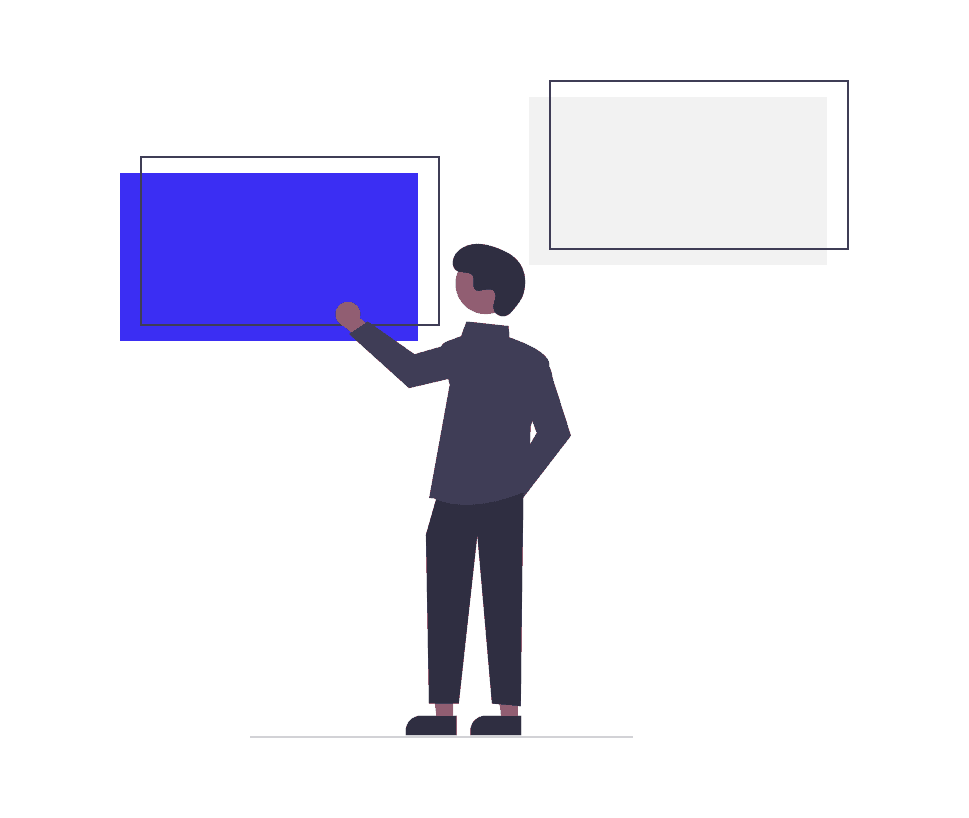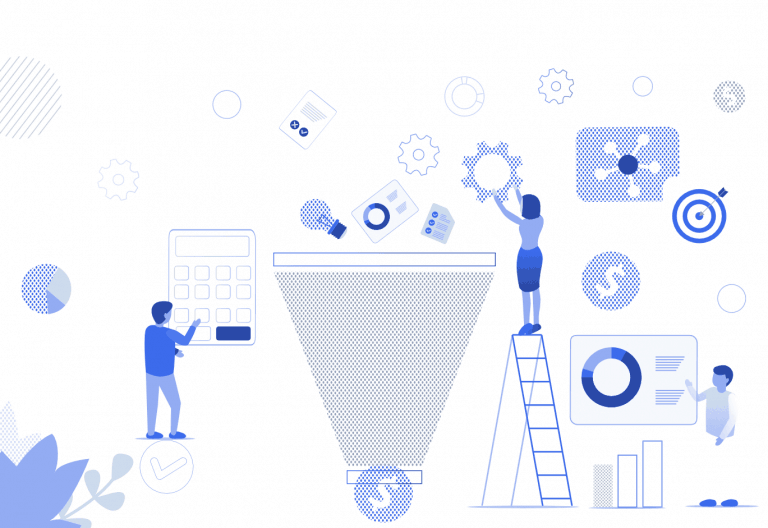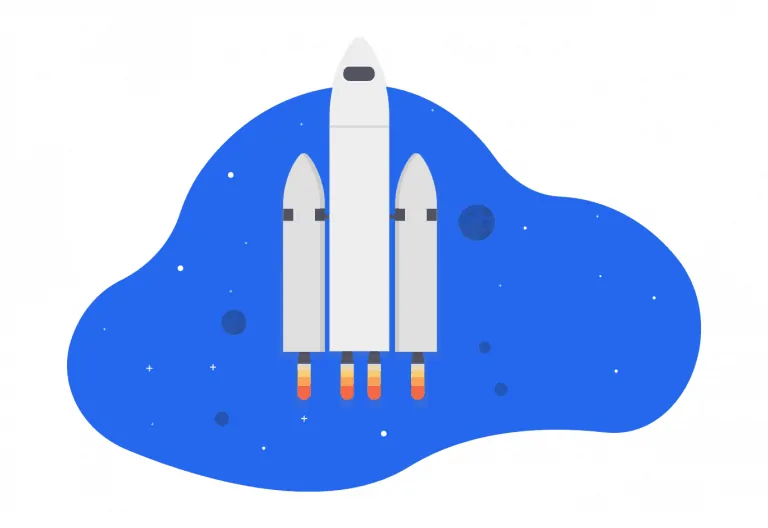The automation boom of the last decade changed the way businesses operate—from SaaS and e-commerce to manufacturing, finance, and health. We got used to workflow engines, “if this then that” logic, robotic process automation (RPA), and triggers that never sleep. Then, almost overnight, AI crashed the party. Now, everyone’s racing to plug large language models, predictive analytics, and machine learning into their old-school automation stacks, hoping for smarter, faster, and more creative processes.
But as teams try to blend AI and classic automation, the results aren’t always what the sales decks promise. Some things work brilliantly. Others… break, stall, or introduce brand new headaches. If you’re planning, building, or scaling hybrid automation—AI plus classic triggers—this guide will help you spot the patterns, dodge the pitfalls, and set your expectations for what really happens when two worlds collide.
Classic automation vs. AI: What’s the difference, really?
Before we dive in, it’s worth clarifying what we mean.
- Classic automation: Think rule-based workflows. These are scripts, bots, or integrations that follow strict instructions. If a customer fills out a form, send a confirmation email. If an invoice is overdue, flag it. Logic is deterministic—given the same input, you always get the same output.
- AI-driven automation: Here, logic gets fuzzy. AI models, especially generative AI, (from machine learning to large language models like GPT-4) can interpret, predict, summarize, and even make decisions based on patterns, not just rules. Think: parsing messy emails, routing support tickets by sentiment, generating custom responses, or flagging fraud before it happens.
The magic (and mess) happens when you try to combine the reliability and speed of classic automation with the adaptability and “intelligence” of AI.
Where AI and classic automation work well together
- Unstructured data intake and enrichment
Classic automation is great at moving structured data—fields, forms, checkboxes. But real-world business data is often messy: emails, PDFs, scanned documents, customer chat logs.This is where AI and enterprise search come into play – surface-level search doesn’t cut it anymore. Enterprise search powered by AI enables context-aware retrieval of documents, insights, and relationships buried deep in unstructured data.
- Language models can extract key information from text, classify intent, or summarize conversations.
- OCR (optical character recognition) and computer vision can turn invoices, receipts, or handwritten forms into usable data.
- AI-powered enrichment tools fill in missing details, flag anomalies, or match entities across systems.
What works:
Feed unstructured data to AI, then use classic automation to route, log, or trigger workflows based on the cleaned results. Example: An incoming email is summarized by AI, key fields extracted, and then routed through your standard ticketing workflow.
- Decision support and routing
Classic automations struggle with “gray area” cases—like, should this lead go to sales or support? Is this message urgent or FYI?
AI excels at predicting outcomes, classifying tickets, and flagging anomalies. It’s also transforming sales automation by enabling systems to intelligently prioritize and route leads, bridging the gap between marketing and sales operations.
- Machine learning models can score leads, detect churn risk, or route tasks to the right person.
- Sentiment analysis and intent classification help decide next steps when a human would otherwise have to read and decide.
What works:
Pair AI’s probabilistic decision-making with classic “if/then” automations. For instance: AI scores the urgency of a support ticket, then a rule-based automation assigns it to a priority queue if the score is above a threshold.
- Personalized content and communication
Classic automation can send emails, texts, and notifications, but often in a generic, one-size-fits-all way. AI brings relevance:
- Language models write personalized email responses, tailor recommendations, or suggest the next best action based on user behavior.
- For recruiting teams, leveraging recruitment automation powered by AI recruiting tools enhances candidate engagement by delivering timely, customized communication at scale.
- Recommendation engines can select the right product, AI content marketing, or upsell for each user.
What works:
Use AI to generate or select content, then automation to deliver it—at scale and on time. For example: AI crafts a personalized product recommendation, and your automation platform sends it at the right moment.
- Monitoring, alerting, and anomaly detection
Automation excels at routine checks (“Is the server up? Is the transaction complete?”), but AI spots subtler patterns:
- Machine learning can detect fraud, forecast system failures, or surface unusual activity.
- AI-based alerts trigger classic automations to notify teams, pause systems, or launch remediation steps.
What works:
AI surfaces issues that rules might miss, then automation ensures consistent, immediate action—no need for manual intervention.
- Scaling support and human-in-the-loop tasks
AI-powered chatbots, agentic AI and virtual agents can handle common queries and tasks, freeing up humans for the tough stuff. Through effective AI chatbot development,
Classic automation routes conversations, escalates when needed, and logs everything in CRM or ticketing tools.
What works:
Blending AI’s conversational capabilities with workflow automation creates seamless, scalable support—users get fast answers, and teams stay focused. This same blend is transforming affiliate marketing software, where AI chatbots and automated workflows streamline partner onboarding, manage inquiries, and provide instant access to resources, enhancing both user experience and operational efficiency.
Where things break (and how to avoid the pitfalls)
It’s not all plug-and-play. Many companies hit bumps, especially when they try to treat AI as just another “trigger” in their automation stack. Here’s what can (and often does) go wrong.
- AI unpredictability vs. rule-based rigidity
Classic automation expects predictable inputs and outputs. AI doesn’t always play by those rules.
- AI-generated outputs can be inconsistent, especially with ambiguous data.
- A sudden change in upstream data (new email format, weird user query) can break the chain.
What breaks:
Downstream automations fail or produce junk when they get unexpected results. If your automation expects “yes” or “no” but the AI gives “maybe, but only if it’s raining in Paris,” things go sideways.
How to fix it:
Build guardrails—validation steps, confidence thresholds, and fallback routines. Whenever possible, have the AI output structured data (like JSON) that downstream automations can easily digest.
- Failure to handle edge cases and “unknown unknowns”
Classic workflows struggle with exceptions. AI introduces even more “long tail” edge cases—strange phrasing, data it’s never seen before, or outright hallucinations.
What breaks:
Weird AI outputs jam up the pipeline or, worse, go unnoticed until a customer gets a very wrong response.
How to fix it:
Add human-in-the-loop steps for ambiguous cases. If the AI isn’t confident, route the item to a person instead of forcing a decision.
- Lack of transparency and traceability
Classic automation is easy to debug—every step is explicit. AI models? Not so much.
- Why did the model route this ticket to sales?
- Why was this application flagged as fraud?
What breaks:
Audits, compliance, and error investigation get murky fast. If you can’t explain why something happened, you can’t improve or fix it.
How to fix it:
Log every AI prediction and decision, with the confidence score and a record of the input/output. For high-stakes actions, add explainability layers—summaries of the “why” behind AI choices.
- Over-automation and loss of the human touch
Too much automation, especially with AI, can lead to user frustration:
- Chatbots that stonewall instead of escalating to a person.
- Automated emails that miss nuance or context.
- Overly aggressive recommendation engines that “creep out” users.
What breaks:
Customer satisfaction and trust. Users can tell when there’s no escape hatch to a real person.
How to fix it:
Always allow users (and employees) to escalate, pause, or opt out. Blend AI and automation as an assistive layer, not a replacement for all human interaction.
- Security, privacy, and compliance nightmares
AI models—especially LLMs—may process or store sensitive data. Classic automations may not know what’s private or not.
What breaks:
Sensitive info leaks, compliance requirements are missed, or models “learn” from data they shouldn’t have seen.
How to fix it:
- Anonymize data before feeding it to AI.
- Set strict access controls.
- Regularly review data flows and storage for compliance.
- Use AI models that allow you to “forget” or delete sensitive information.
- Maintenance, drift, and version control
Classic automations are “set and forget.” AI models can drift—meaning their outputs change as data or models evolve.
What breaks:
Last month’s accurate predictions start going haywire. Automation built on top of AI gets less reliable over time.
How to fix it:
Monitor performance metrics for both automation and AI. Retrain or update models as needed, and have rollback plans if accuracy dips.
- Skill gaps and team silos
Classic automation is usually owned by IT or ops. AI needs data science and product teams. When these groups don’t talk, problems multiply.
What breaks:
- Disconnected workflows
- Duplicated effort
- Slow troubleshooting
How to fix it:
Encourage cross-functional collaboration. Make sure everyone understands both the capabilities and the limitations of hybrid automation.
Best practices for blending AI and automation
- Start with pilot projects: Don’t overhaul everything at once. Pilot small, clear use cases where AI adds obvious value.
- Design for error handling: Build in timeouts, confidence thresholds, and easy ways for humans to intervene.
- Keep humans in the loop: Especially in high-impact or ambiguous situations, let people oversee, review, or override AI decisions.
- Monitor and measure everything: Track both the AI’s performance and the overall workflow’s effectiveness. Adjust fast.
- Invest in training and documentation: Make sure everyone—business, technical, and operational—knows how the new system works, and why.
What the future looks like: Towards “intelligent automation”
The next wave is coming fast. Generative AI, advanced analytics, and hybrid “intelligent automation” platforms promise even tighter integration. For example, building on that, Datagrid agentic AI enables workflows that don’t just analyze or respond, but act—autonomously chaining decisions and tasks without human prompts.
Expect more:
- Real-time learning and adaptation (models that improve with every workflow)
- Context-aware automation (actions that change based on user history, not just inputs)
- Seamless collaboration between bots, models, and humans (think: AI co-pilots for every team)
- Increasing regulatory oversight—so transparency, ethics, and compliance will be non-negotiable
Final thoughts: Make the machine your partner, not your master
The most effective organizations don’t treat AI and automation as competing solutions. They design systems where each does what it’s best at:
- Classic automation for speed, reliability, and compliance
- AI for nuance, adaptation, and handling messiness
The real “magic” happens in the handoff—when AI makes sense of complexity, and automation runs with the output. But no matter how advanced your stack gets, the best outcomes come when you keep humans in the loop, listen for friction, and improve continuously.
Integrating AI with classic automation isn’t about doing more with less people. It’s about freeing your team to do their most valuable work—while the bots handle the rest. Get that right, and you’ll build processes that are not just smarter, but more human, too.



